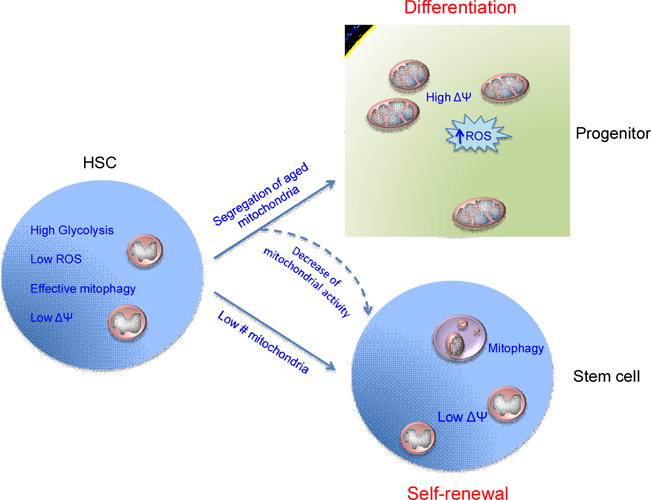Figure 3. Metabolic Regulation of Mammalian HSC Self-Renewal.

HSCs maintain low metabolic status and high glycolytic activity with low ROS and low membrane potential (ΔΨ) that helps to maintain stemness, during steady state or stress conditions. HSCs divide to produce stem and progenitor cells. Recent research has suggested that daughter cells fated to perform as progenitors through differentiation exhibit high mitochondrial activity with increased mitochondrial numbers, high membrane potential and utilize oxidative phosphorylation to produce more ROS, while daughter cells that receive low mitochondrial activity fate to perform as stem cells through self-renewal decisions. Furthermore, pharmacological modulation of mitochondrial activity using uncoupling agents or mitophagy can lead to increased stem cell self-renewal decisions.
